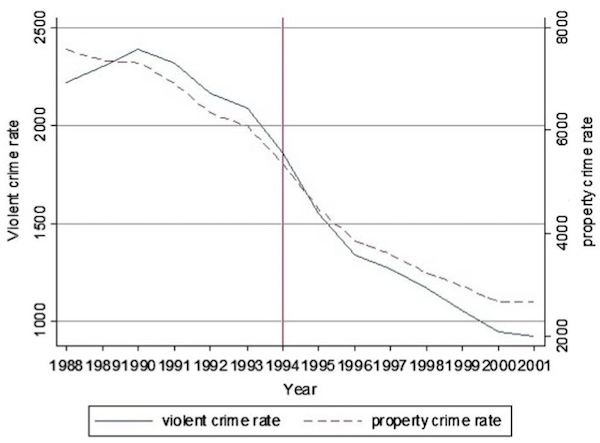Published at 21:18 on 19 January 2013
I spent the afternoon investigating another island alternative to Seattle, should my desire to telecommute from Bellingham for one reason or another not come to pass: Bainbridge Island.
It’s not as culturally compatible with what I desire as Vashon Island is, but all in all it is a far more practical location and could be a workable solution. Vashon’s sole town is in the center of the island, miles (and an arduous hill) from the nearest ferry landing, and that ferry goes not to Downtown Seattle but to one of Seattle’s outer neighborhoods, a significant bus ride from Downtown. There are a few foot ferries that run from Vashon Island to Downtown, but the key word is few: miss them, and you’ve gone from a little bit late to incredibly late.
Bainbridge Island, by contrast, has its sole town on the same harbor the ferry docks at, and every run of that ferry goes directly to the dock in Downtown Seattle. So I would be able to walk from my apartment or condo on the island to the ferry, and then walk from the ferry to my office Downtown. No worrying about missing the one or two useful ferry runs of the day, or about timing transfers from bus to boat.
Bainbridge, like Vashon, is a once-rural island that has turned mostly into exurban hobby farms. Thus, it still has the minus of not having any large and truly wild areas on-island. In Bainbridge’s case, however, that doesn’t matter so much, because the far side of the island is connected by a bridge to the Kitsap Peninsula, which in turn is connected by a bridge to the Olympic Peninsula. It ends up being possible to drive to some very nice hinterlands without having to compete for limited vehicle space on the ferries with all the other summer weekenders.
In fact, that limited vehicle space acts as a sort of limiting valve for how busy the Kitsap and Olympic peninsulas can get on summer weekends, meaning less crowds (and a very low chance of traffic congestion) for me.
So, a condo on Bainbridge could work for me. There’s no food co-op there, but the one grocery store on the island is one of those rare supermarkets which really does live up to its claim of having a full and comprehensive selection of organic and natural foods. (I’ve seen such things before on islands.) And there’s the basic selection of businesses any town of 10 or 20 thousand people would be expected to have (in addition to lots of upscale boutiques). I wouldn’t have to live a life revolving around a car for my daily routine.
But, Bainbridge is still very much part of the Seattle metro area. It’s easier access to nature (compared to the big city across the water) is a privilege rationed out on the basis of the ability to pay a significant premium; it’s one of the most expensive places to live in the Pacific Northwest.
I have a good job and no kids to support, so I could afford to live in an apartment or condo there. That’s not the issue. The issue is that a greater urban area which reserves basics like access to nature and a home in a quiet, unpolluted neighborhood so much according to socioeconomic class is not an urban area in keeping with my core values.
In Bellingham, by contrast, everyone lives a bicycle ride (not a drive in a car) away from large wild areas. The children of the poor and the working class can ride their bikes on the trail to Larrabee State Park as easily as the wealthy California retirees. There’s even a mobile home court which abuts a green space in Bellingham; housing close to nature is not strictly limited to the affluent, either.
So, Bainbridge would work as an alternative, but it’s very much a “Plan B” alternative. My primary desire involves shaking the dust of Seattle’s elitist class privilege from my feet.



